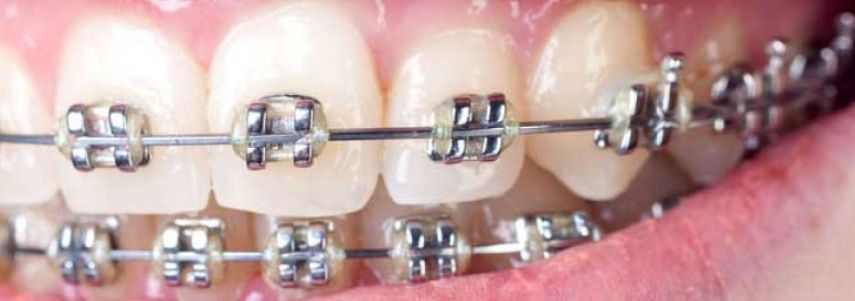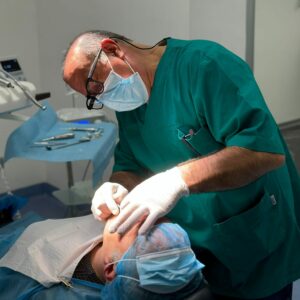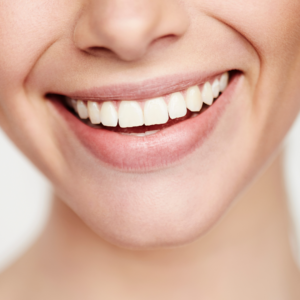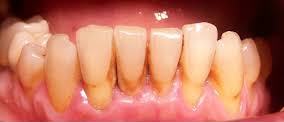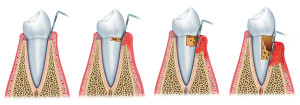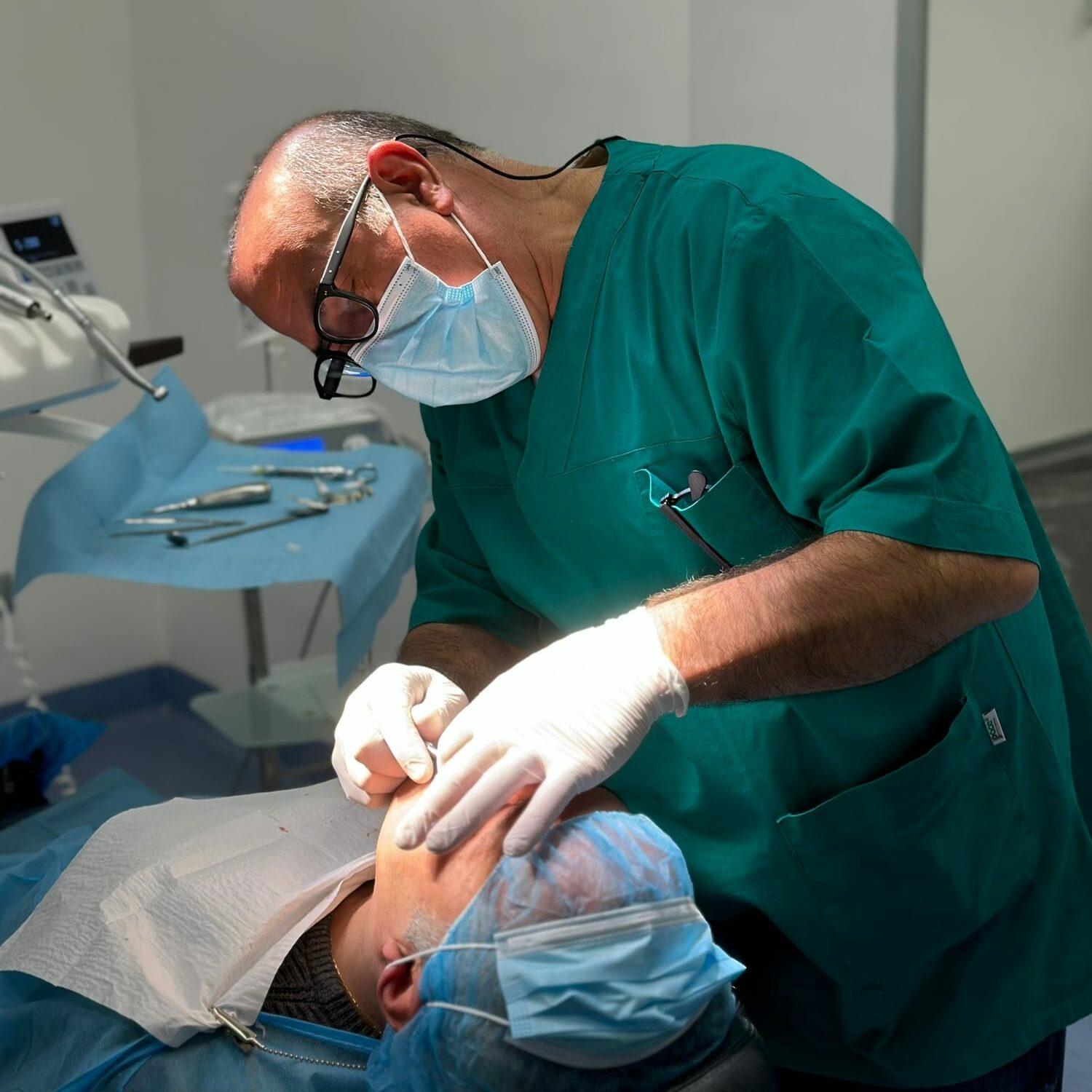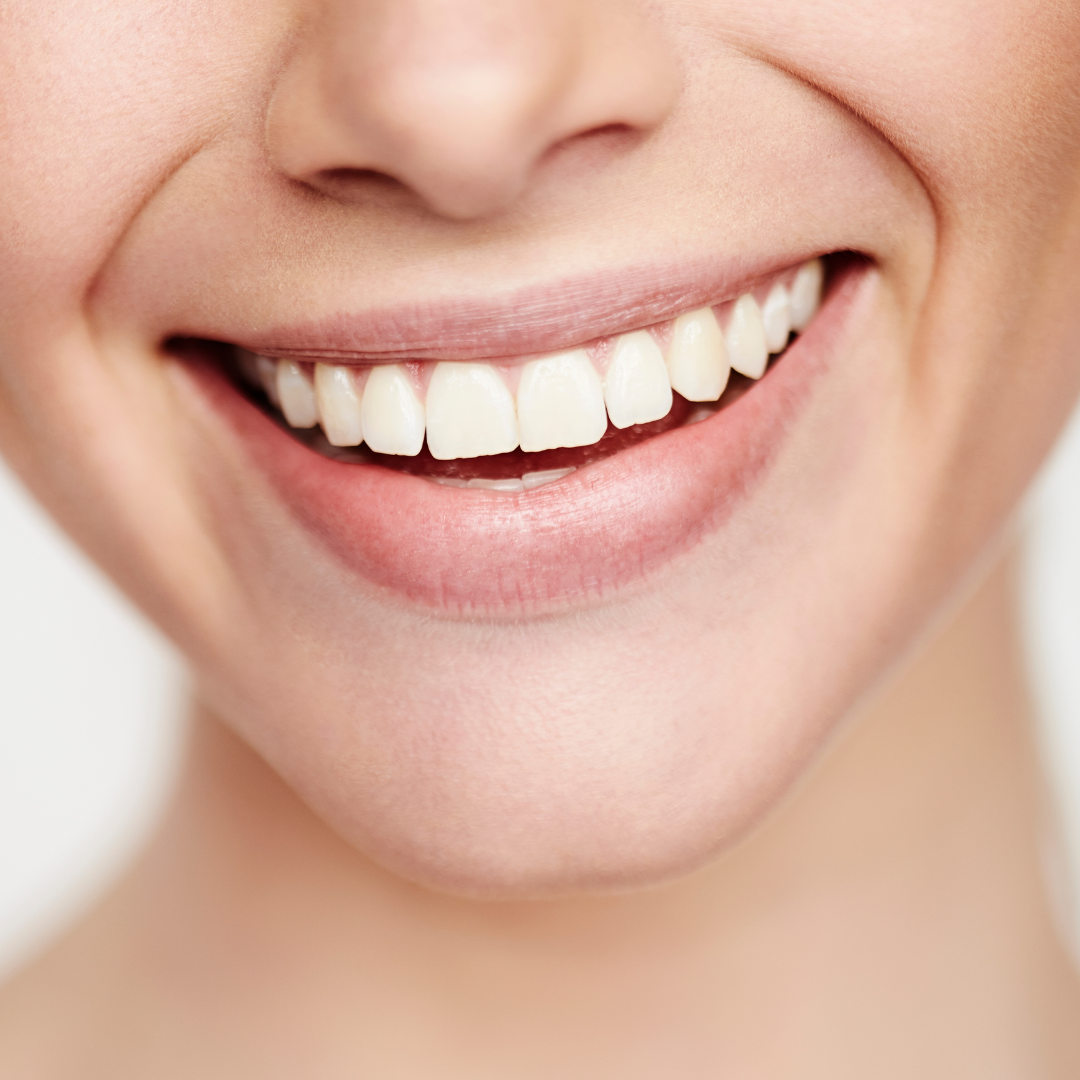The orthodontic appliance is a device widely used in orthodontics, i.e. the dental specialization that mainly deals with the problems related to the development of the dentition, the misalignment of the teeth and the problems deriving from it.
When is an orthodontic appliance needed?
The orthodontic appliance has the therapeutic objective of returning the teeth to their optimal position, both in terms of alignment and of occupied space. Most commonly the braces are used to correct crooked teeth and malocclusions, it is therefore recommended in the following cases:
- dental crowding
- diastema
- malocclusion
Dental crowding
Dental crowding is a very common pathology and is determined by the impossibility of the jaw to correctly contain all the teeth.
The teeth therefore appear too close, moved laterally or even overlapping each other. This condition, in addition to creating problems of malocclusion, i.e. the lack of symmetry between the upper arch and the lower arch, can cause more serious pathologies.
A mouth characterized by dental crowding is in fact very difficult to clean, both during the daily oral hygiene phases and by the dentist during the deep cleaning sessions. The plaque, in these cases, easily proliferates in the very narrow interdental spaces and its lack of removal can cause diseases such as: caries, gingivitis or even periodontitis.
In the past, dental crowding was resolved with the extraction of excess dental elements, today thanks to new and innovative orthodontic appliances and their biomechanical properties, dental extractions are increasingly rare. Instead, thanks to the tractions developed by the use of the orthodontic appliance, it is possible to create the necessary space to align all the teeth present.
diastema
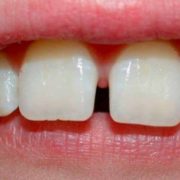 The diastema is the opposite problem to dental crowding, it is the condition that occurs when a space of various sizes is clearly visible between the teeth. Also in this case the consequences can be manifold, in particular a lack of alignment of the teeth could compromise both the functionality of the jaw and chewing. The application of an orthodontic appliance can solve the problem by returning the teeth to their correct and functional position.
The diastema is the opposite problem to dental crowding, it is the condition that occurs when a space of various sizes is clearly visible between the teeth. Also in this case the consequences can be manifold, in particular a lack of alignment of the teeth could compromise both the functionality of the jaw and chewing. The application of an orthodontic appliance can solve the problem by returning the teeth to their correct and functional position.
Malocclusion
During chewing or with a closed bite the two dental arches should perfectly match. If this does not happen then there is a problem of malocclusion.
Malocclusion can occur in two ways:
- mandibular protrusion
- mandibular retrusion
In the first case, the jaw is more protruding than the upper jaw, and the teeth of the lower arch extend beyond those of the upper arch.
 In the second case, the jaw is placed in a backward position with respect to the jaw and the teeth of the upper arch protrude from those of the lower arch. The misalignment of the two arches can involve, in addition to incorrect chewing, also problems with the temporomandibular muscles, posture problems and frequent headaches. Also in this case the problem can be solved with the application of an orthodontic appliance.
In the second case, the jaw is placed in a backward position with respect to the jaw and the teeth of the upper arch protrude from those of the lower arch. The misalignment of the two arches can involve, in addition to incorrect chewing, also problems with the temporomandibular muscles, posture problems and frequent headaches. Also in this case the problem can be solved with the application of an orthodontic appliance.
How does an orthodontic appliance work?
The dental device can be of a fixed or mobile type, the choice of one or the other type is strictly linked to the specific clinical case, the dentist will evaluate the best solution.
The fixed orthodontic appliance is characterized by metal parts and small plates (attachments or brackets) in metal, ceramic or resin. The plates are applied to each tooth and are connected by metal wires with elastic properties that exert the traction necessary to bring the teeth back into the correct position.
The mobile orthodontic appliance can be removed and reapplied by the patient himself. A particular type of removable appliance is the invisible or transparent orthodontic appliance that has the same therapeutic function, but an advantage from an aesthetic point of view. The teeth are covered by a transparent mask which must be tailor-made for each patient. In our center we treat the Invisalign brand, a world leader in the invisible dentistry sector.
Things to know about the orthodontic appliance
Wearing an orthodontic appliance, especially if it is of a fixed type, can initially create discomfort both for aesthetic reasons and for any defects in pronunciation.
In the early days it is possible to feel discomfort and muscle tension.
The application of a dental appliance requires greater care of oral hygiene. The attacks can in fact prove to be insidious due to the accumulation of plaque, you must also always be careful to remove, during cleaning, all the food residues that could get stuck in the parts of the appliance.
DIY can prove harmful! If you experience pain or discomfort, never try to work on the parts of the appliance yourself. It is always advisable to contact your dentist. Do not hesitate to contact us in case you need advice.




